Appalachian Sedge (Carex Appalachia) – 8 Pack Of 1 Gallon Pots
$169.97 Original price was: $169.97.$98.99Current price is: $98.99.
SKU: D2LSC 3745743720 Category: NATIVE PLANTS
- Get the Best for Less
- No-Questions-Asked Returns
- Effortless Shopping, Quality Products
- 7 days free returns

Appalachian Sedge
Carex appalachia
Plant Details
USDA Plant Hardiness Zones: 3a-8b Find Your Zone
Plant Type: Evergreen Perennial
Height at Maturity: 10-12″
Width at Maturity: 10-12″
Spacing: 10″ apart for mass plantings, 20 inches apart for space between plants
Spacing: 10″ apart for mass plantings, 20 inches apart for space between plants
Growth Habit / Form: Arching, Clumping, Grassy, Upright
Growth Rate: Moderate
Flower Color: Wheat
Flower Size: Tiny
Flowering Period: Summer
Flower Type: Single in small clusters
Fragrant Flowers: No
Foliage Color: Green
Fragrant Foliage: No
Sun Needs: Morning Sun w/Dappled or Afternoon Shade, All Day Filtered Sun or Dappled Shade, Full to Mostly Shade
Water Needs: Low to Average
Soil Type: Clay (amended), Loam, Sand, Silt
Soil Moisture / Drainage: Well-Drained Moist or Well-Drained Dry
Soil pH: 6.0 – 7.5
Maintenance / Care: Low
Attracts: Visual Attention
Resistances: Deer, Disease, Dry Soil, Humidity, Insect, Rabbit
Description
An outstanding North American native perennial grass that creates a swirling carpet of green, the Appalachian Sedge makes a very attractive groundcover or border along paths or around patios in shade to part shade. Morning and evening sun are fine but direct afternoon sun should be avoided. This ornamental grass forms a mounded tuff of thread-like leaves similar to fiber optic grass to about 10 to 12 inches tall and wide of slender. Small clusters of wheat colored flowers at the tips of leaves add interest in mid summer. When planted in grouping or in mass on slopes the weeping and swirling foliage flows in a water-like movement. It’s a great lawn substitute in shady dry sites including clay soils and is deer and rabbit resistant and drought tolerant. You can’t go wrong with this wonderful native!
Landscape & Garden Uses
Growing in a clump to 12 inches tall and equally as wide, the Appalachian Sedge is ideal for use as a groundcover or border edge in dry and shady areas. A perfect choice for use under large shade trees and in shady woodland areas where so many other plants have problems. Also a great lawn alternative where it can be mowed high in mid spring or can be interplanted with other shade-loving woodland perennials and flowering bulbs such as Daffodils, Hyacinth, Scilla and others. A fine aqddition to ornamental grass gardens, shady woodland gardens and the Xeriscape (low water needs).
Growing Preferences
Appalachian Sedge is easy to grow when planted in a partially shaded to shady dry spot in your garden or woodland areas. Avoid direct afternoon sun. It is adaptable to most soil types, including clay, and grows well under trees because it does not present any root competition.
Helpful Articles
Click on a link below to find helpful advice from our experts on how to plant, fertilize, prune and water Carex plants.
How To Plant And Care For Carex Plants
How To Measure Total Square Feet Of A Planting Area
How Many Plants Needed To Cover A Planting Area?
Plant Long & Prosper!
Questions? Contact Us!
I have ordered many, many things from your online service and I have never been disappointed in the slightest. Actually very surprised at times at how well the plants look and the quality of the plants. I go to you first and will always order your products over anyone else’s. You ship timely, the packaging is first rate and again the plants are top of the line.—————————————————-We are so glad you are pleased with your purchase! Thanks for the kind words and great review! Beth | WBG 🙂
Be the first to review “Appalachian Sedge (Carex Appalachia) – 8 Pack Of 1 Gallon Pots” Cancel reply
Related products
Sale!
Sale!
Sale!
NATIVE PLANTS
Sale!
Sale!
NATIVE PLANTS
Sale!
Sale!
NATIVE PLANTS
Sale!
NATIVE PLANTS


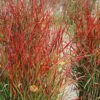


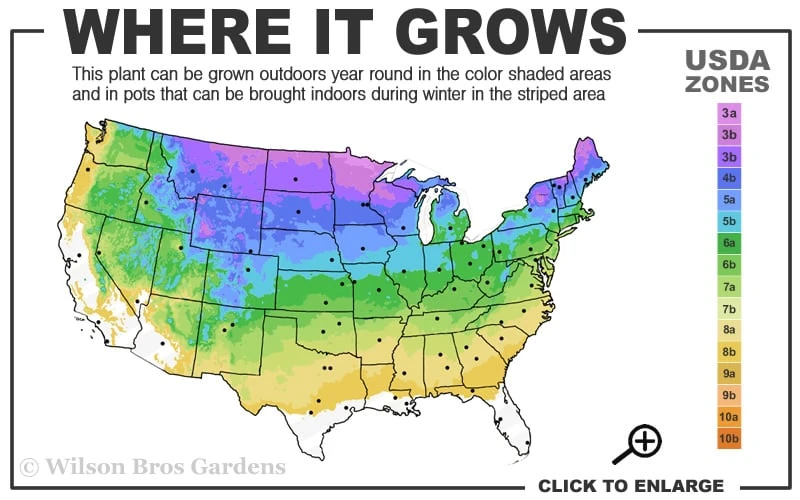




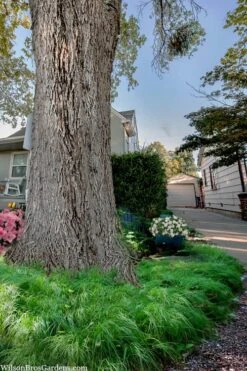














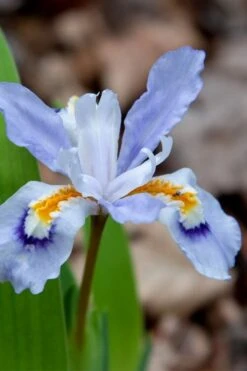


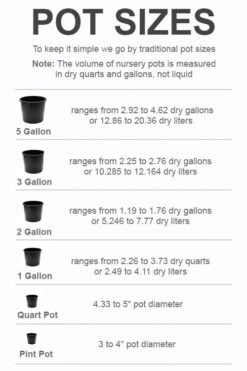
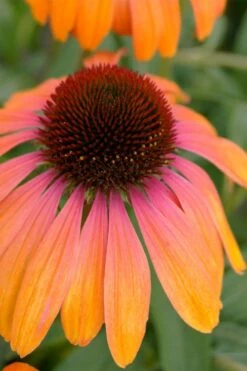


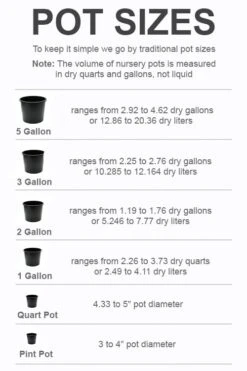
Reviews
There are no reviews yet.